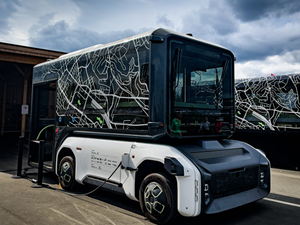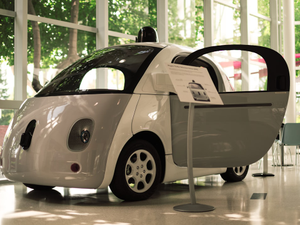The STEM Gender Gap: Why Women Are Still Struggling to Break Through

Photo by ThisisEngineering on Unsplash
Despite massive investments and years of effort, women remain critically underrepresented in science, technology, engineering, and mathematics (STEM) fields across California. Recent data reveals a frustratingly slow progression toward gender equity in these crucial careers.
Research from the Public Policy Institute of California shows minimal improvement in women’s representation. Between 2009 and 2023, the percentage of women graduating with engineering degrees increased from roughly 19% to about 25%, while computer science saw a similar modest rise from 16% to 23%. Surprisingly, math and statistics degrees have actually seen a decline in female graduates.
The barriers aren’t about ability. In fact, at California State University campuses, women in STEM are more likely to graduate than men, and they dominate biology, earning over 64% of bachelor’s degrees in the field. The issue runs deeper, rooted in cultural perceptions and systemic challenges.
“It’s a cultural phenomenon, not a biological phenomenon,” explains Mayya Tokman, a UC Merced applied mathematics professor. The underrepresentation stems from pervasive societal perceptions, educational quality, and a lack of visible role models.
The pandemic and subsequent social justice movements further complicated efforts. Many philanthropic and legislative initiatives that previously focused on women in STEM were redirected, slowing progress. State funding for programs like the California Education Learning Laboratory has been cut, signaling a potential retreat from dedicated support.
Young women like Chloe Lynn, a UC Berkeley mathematics student, are actively working to change this narrative. As vice president of her university’s undergraduate math association, Lynn organizes events to build community and support for female students, recognizing that “creating an inclusive and uplifting community is so important for anyone that’s underrepresented”.
The stakes are high. STEM fields drive innovation, economic growth, and national security. With U.S. technology industries struggling to find qualified workers, excluding nearly half the population represents a significant missed opportunity.
As we look forward, addressing the STEM gender gap requires sustained, intentional efforts across education, workplace culture, and societal attitudes. The progress may be slow, but every individual breakthrough matters.
AUTHOR: mls
SOURCE: Local News Matters



















































